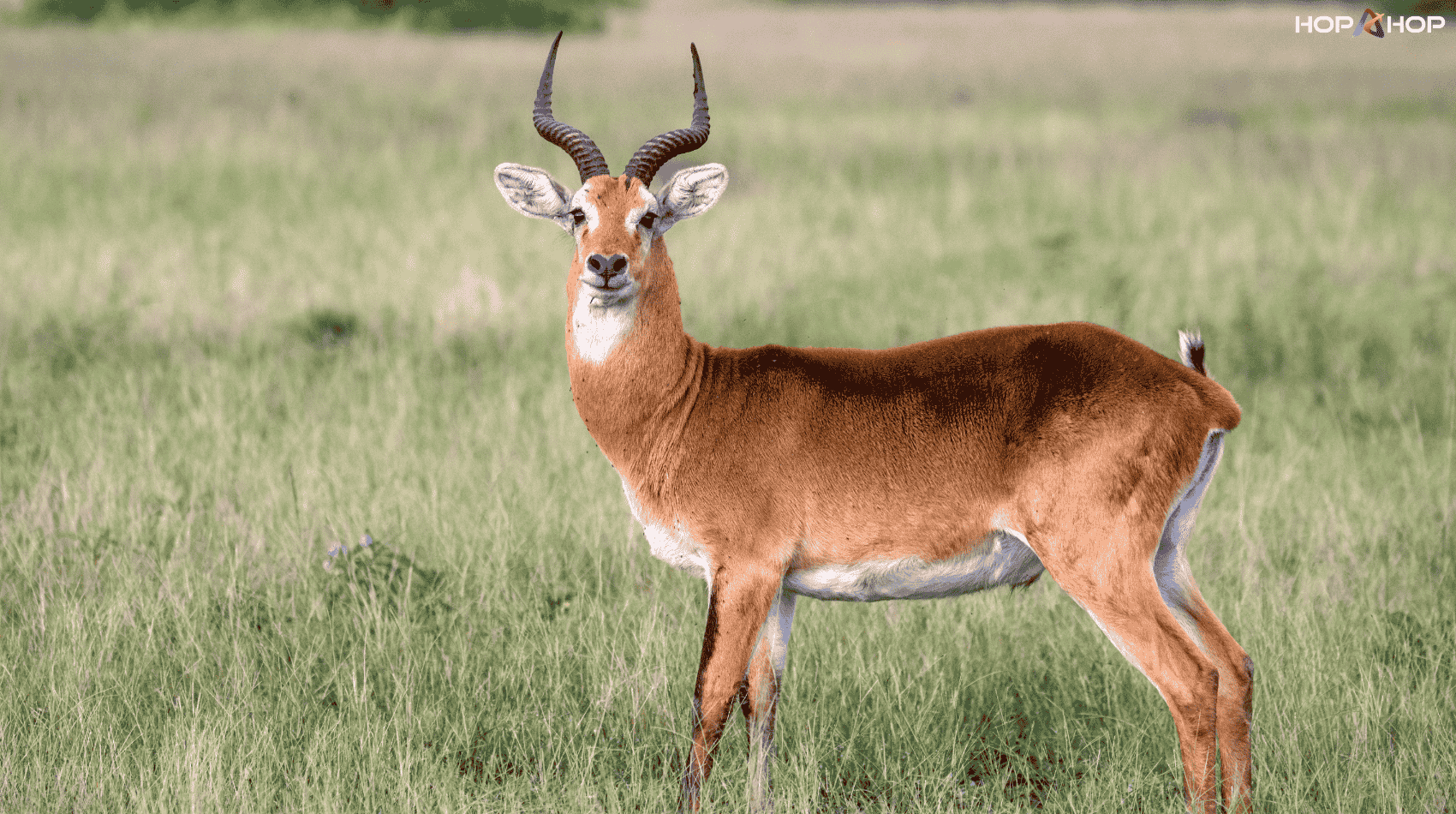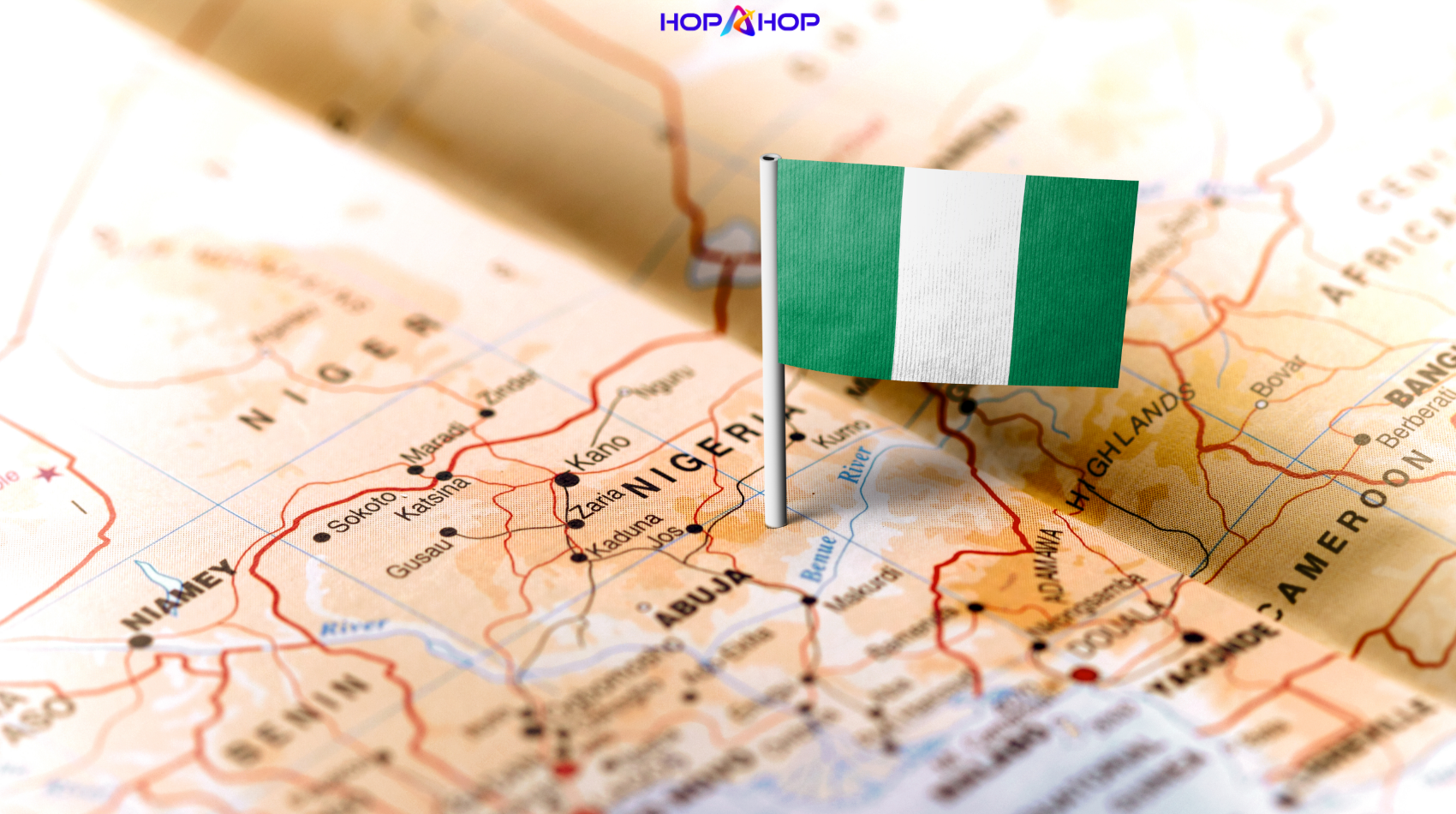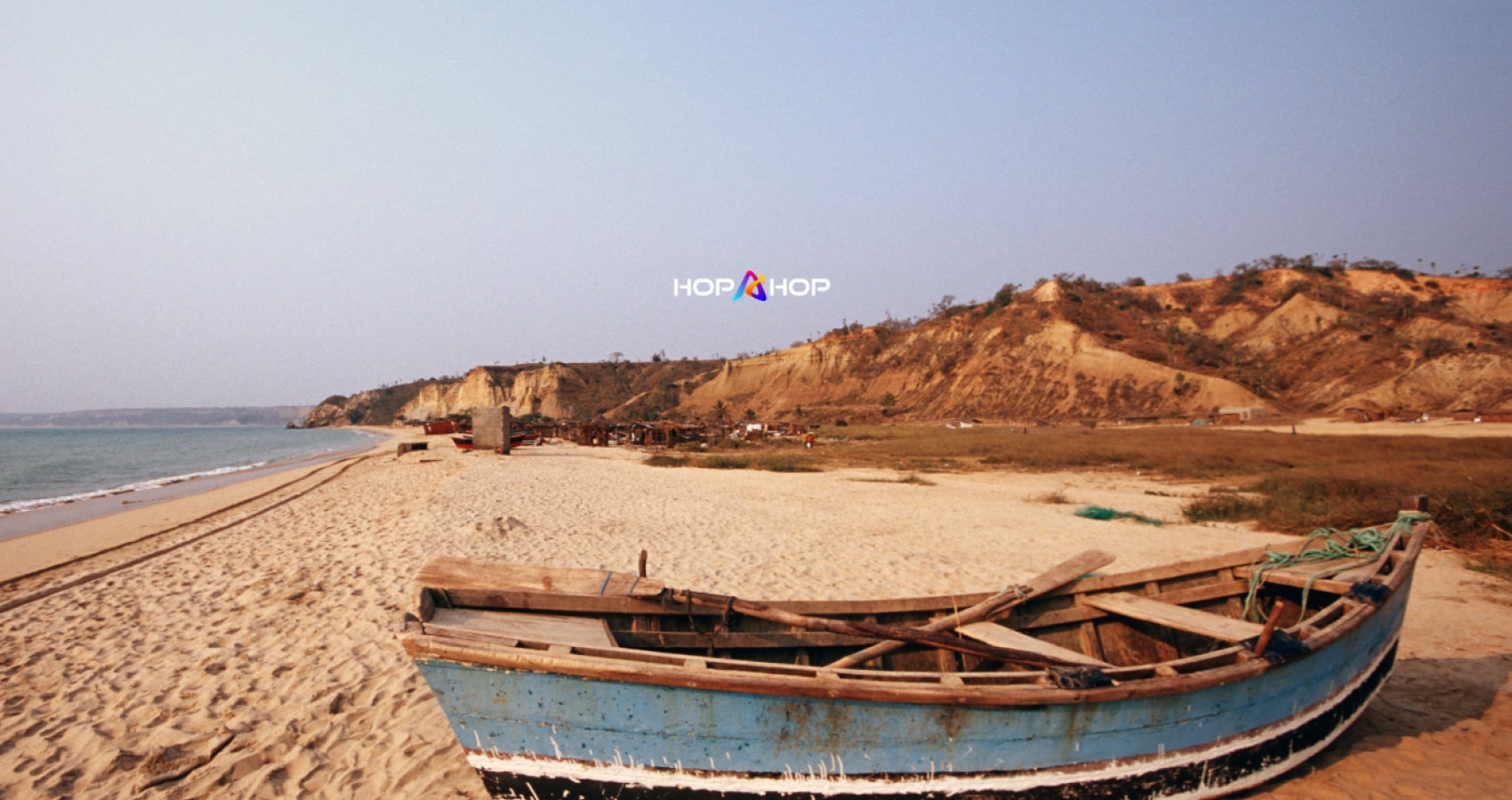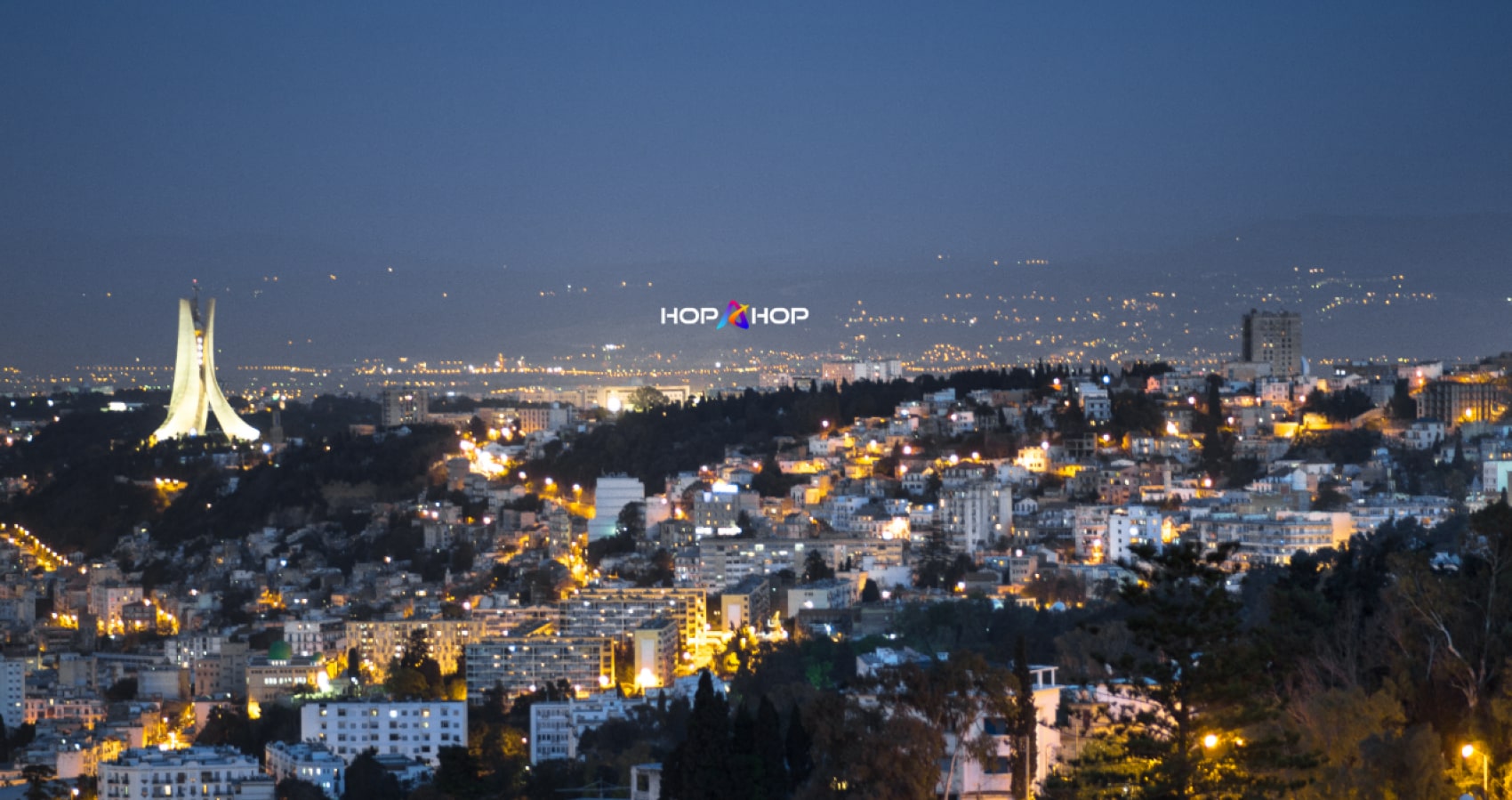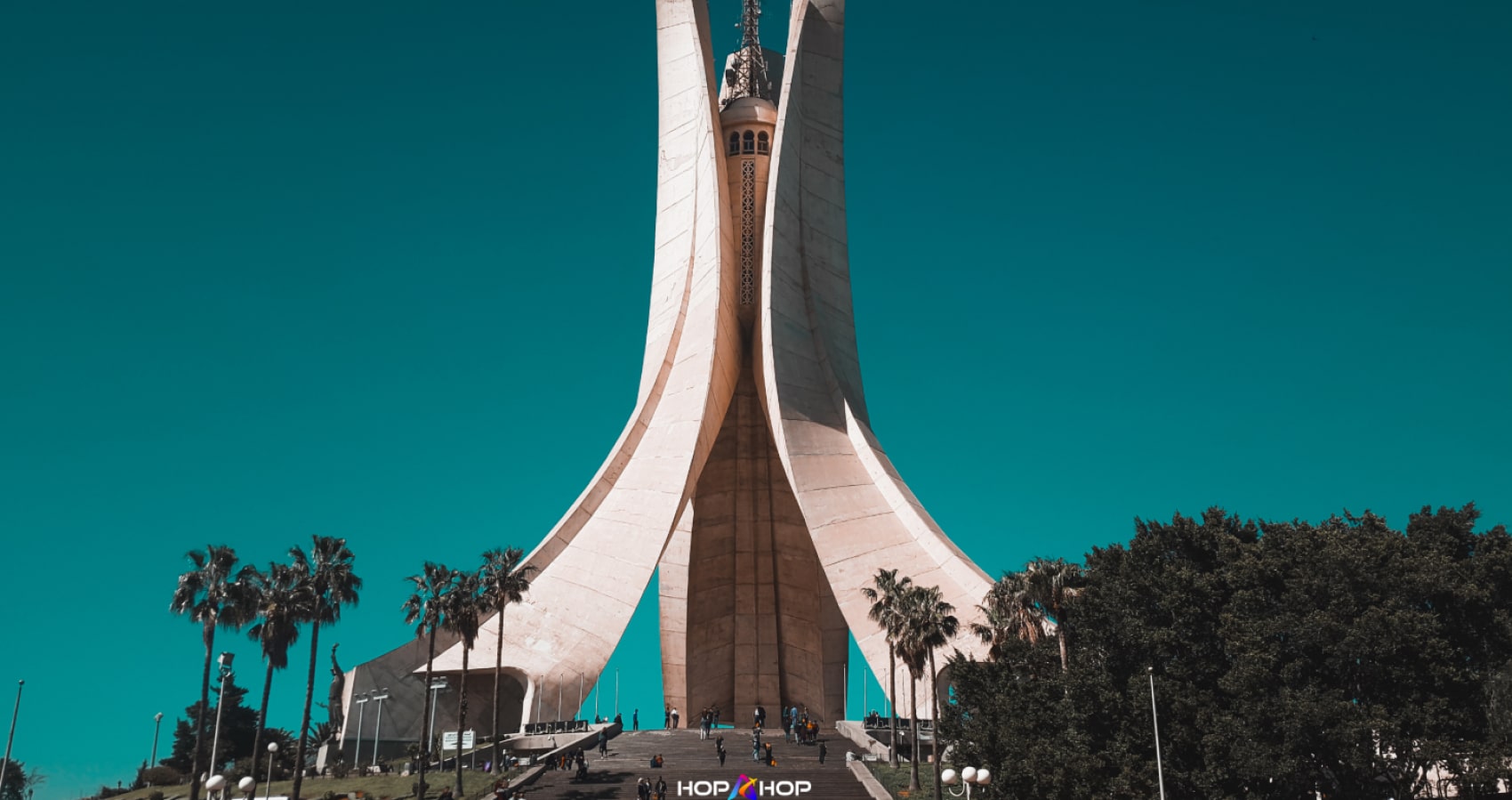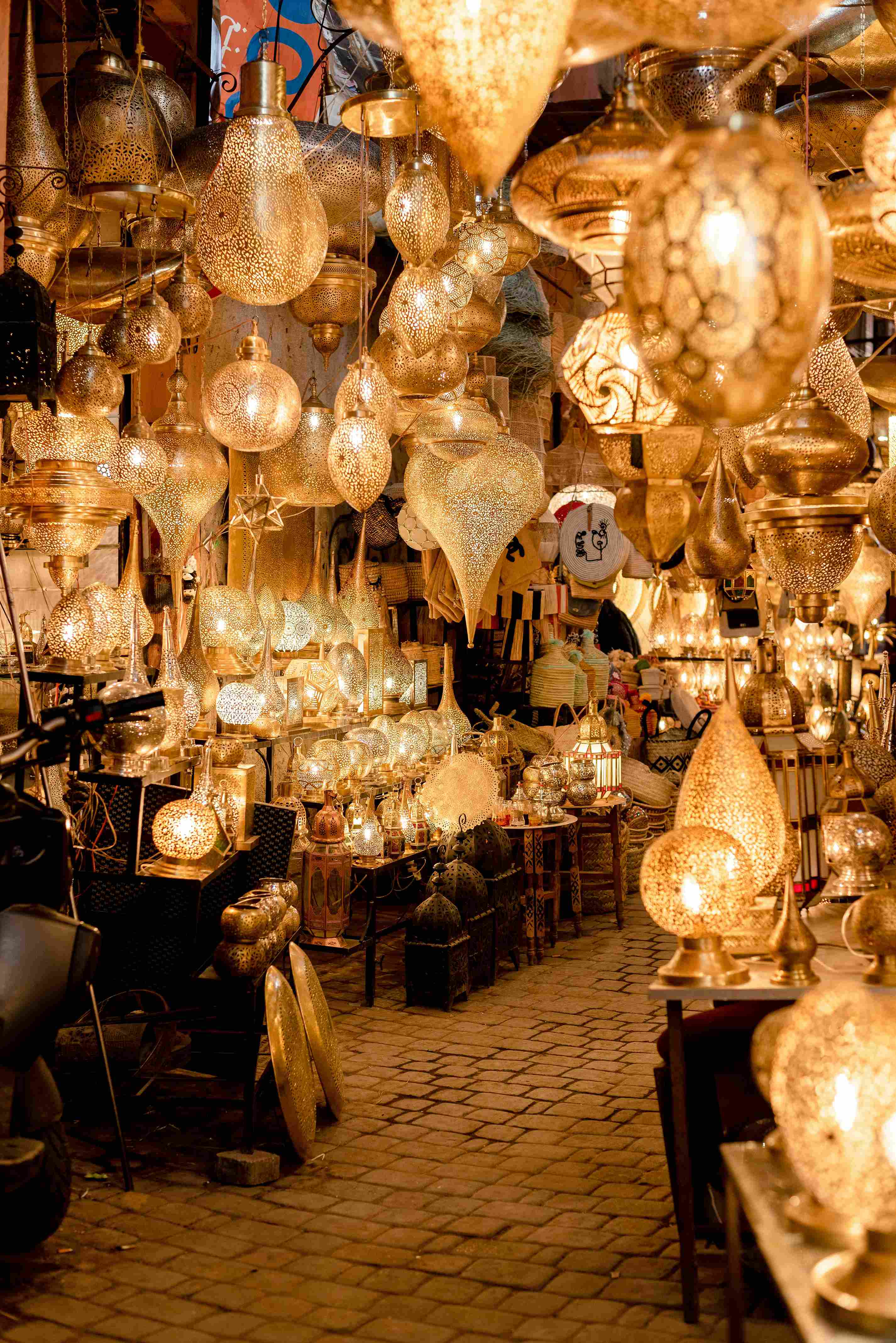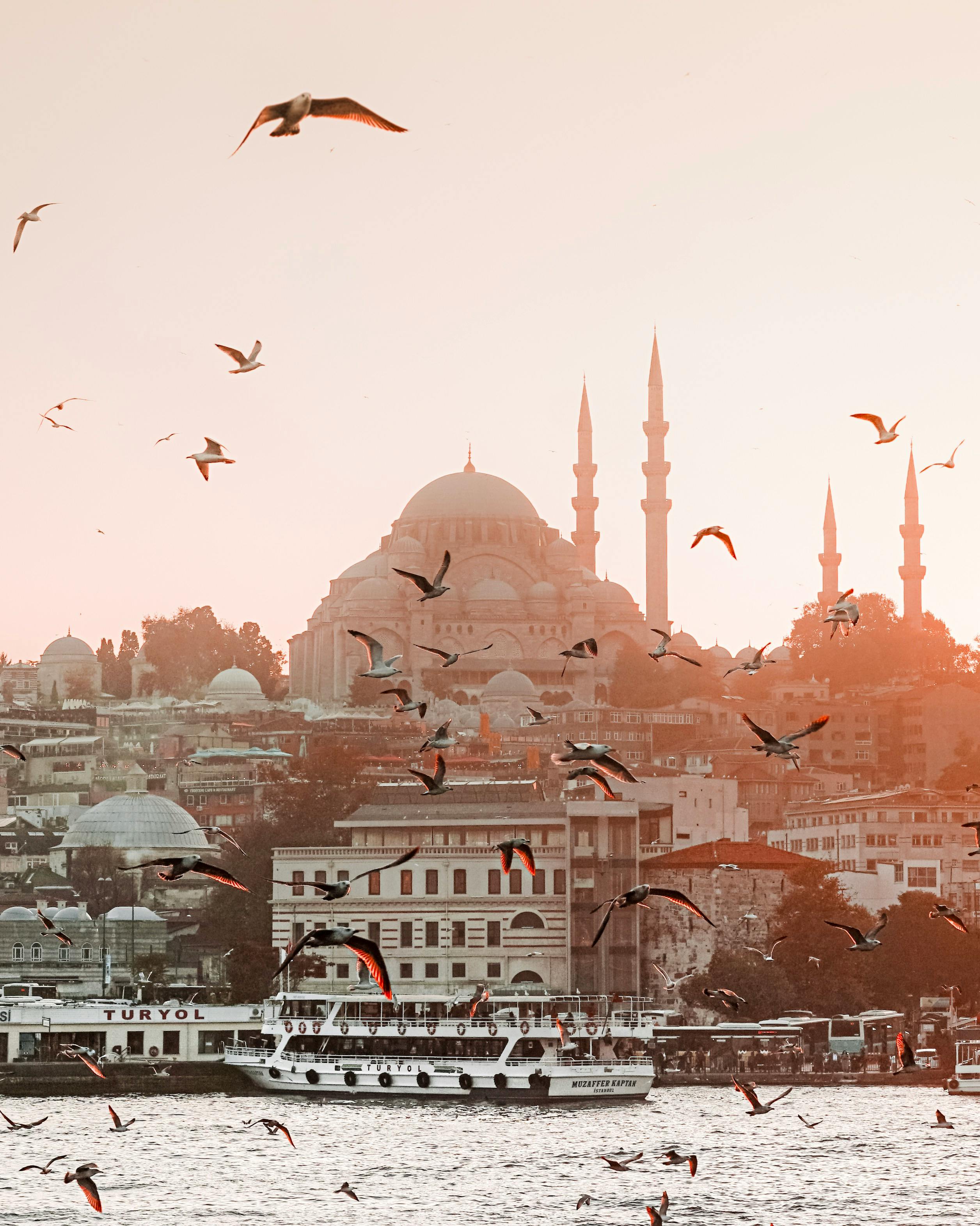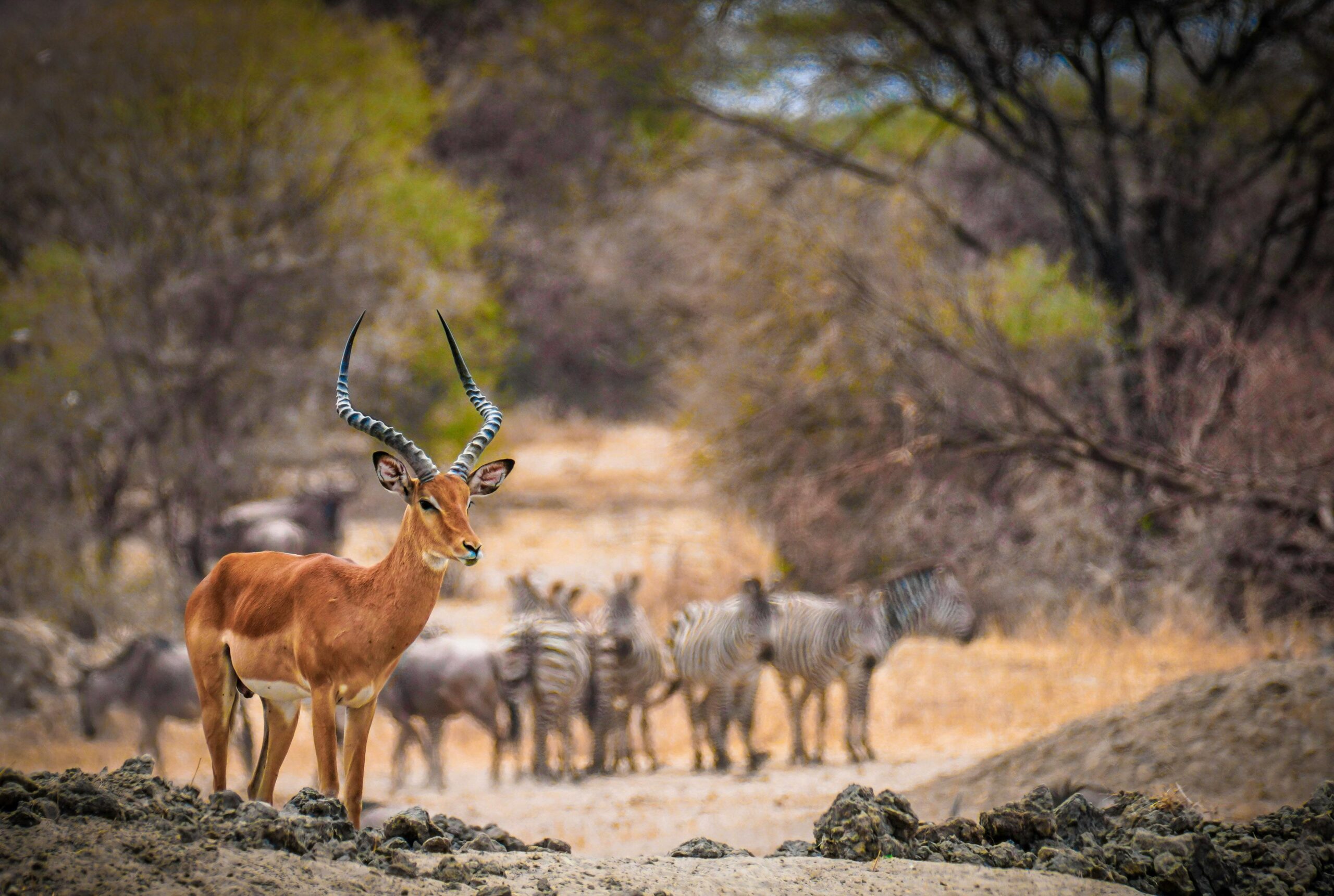Exploring Uganda’s National Parks: A Nature Lover’s Dream
Uganda is renowned for its breathtaking natural beauty, diverse ecosystems, and incredible wildlife. As a nature lover, there’s no better place to explore than Uganda’s national parks. From gorilla trekking in Bwindi Impenetrable Forest to safari adventures in Murchison Falls and birdwatching in Queen Elizabeth, Uganda offers a rich variety of experiences for nature enthusiasts. In this blog, we’ll take you through the best national parks in Uganda, perfect for anyone looking to connect with nature.
1. Bwindi Impenetrable Forest National Park – Home of the Mountain Gorillas
Bwindi Impenetrable Forest is one of the world’s premier destinations for gorilla trekking. This UNESCO World Heritage Site is home to nearly half of the world’s remaining mountain gorillas. Trekking through dense forest to observe these magnificent creatures in their natural habitat is an experience like no other. Bwindi is also rich in biodiversity, with over 350 bird species and numerous plant species.
SEO Keywords: Bwindi Impenetrable Forest, gorilla trekking Uganda, mountain gorillas, Uganda wildlife safaris
2. Murchison Falls National Park – Majestic Waterfalls and Wildlife Safaris
Murchison Falls National Park is Uganda’s largest and oldest park, covering over 3,800 square kilometers. The park is named after the stunning Murchison Falls, where the Nile River forces its way through a narrow gorge before cascading into a pool below. Visitors can enjoy boat safaris on the Nile River, game drives through savannah, and breathtaking views of the falls. Murchison Falls is home to Uganda’s “Big Five” (elephants, lions, buffaloes, leopards, and rhinoceros) and a variety of bird species.
SEO Keywords: Murchison Falls National Park, Uganda Big Five, Murchison Falls safaris, Nile River safaris
3. Queen Elizabeth National Park – A Diverse Wildlife Haven
Known for its rich biodiversity, Queen Elizabeth National Park is one of Uganda’s most famous parks. Located in the southwestern region, the park offers a combination of stunning landscapes, from savannah plains to wetlands and forest areas. It’s also home to a variety of wildlife, including tree-climbing lions in the Ishasha sector, elephants, hippos, and over 600 bird species. Boat safaris on the Kazinga Channel provide an excellent opportunity to spot hippos and crocodiles up close.
SEO Keywords: Queen Elizabeth National Park, Uganda wildlife safaris, tree-climbing lions, Kazinga Channel safaris
4. Kibale Forest National Park – The Primate Paradise
Kibale Forest National Park is a must-visit for primate lovers. The park is famous for its chimpanzee trekking experiences, where you can track and observe wild chimpanzees in their natural environment. Kibale is also home to 12 other primate species, including red-tailed monkeys, colobus monkeys, and baboons. For nature enthusiasts, the park offers extensive hiking trails and opportunities for birdwatching and exploring its rich flora.
SEO Keywords: Kibale Forest, chimpanzee trekking Uganda, primate safaris Uganda, Kibale National Park
5. Lake Mburo National Park – A Tranquil Escape
Lake Mburo National Park offers a peaceful, less crowded alternative to Uganda’s more famous parks. Located near the capital, Kampala, the park is known for its scenic landscapes and rich wildlife. Lake Mburo is the perfect place for boat safaris, where you can spot hippos, crocodiles, and a variety of bird species. Visitors can also enjoy game drives, walking safaris, and horseback riding through the park’s open savannah.
SEO Keywords: Lake Mburo National Park, Uganda boat safaris, walking safaris Uganda, Lake Mburo wildlife
6. Kidepo Valley National Park – Uganda’s Remote Safari Destination
Kidepo Valley National Park, located in the northeastern corner of Uganda, is one of the most remote parks in the country. However, its isolation is what makes it so unique. The park is known for its dramatic landscapes, including the vast savannah plains and rugged mountains. It’s a haven for wildlife lovers, offering safaris with sightings of elephants, lions, cheetahs, and a range of antelope species. Kidepo also has some of the best birdwatching opportunities in Uganda.
SEO Keywords: Kidepo Valley National Park, Uganda remote safaris, wildlife in Kidepo, Kidepo Valley safaris
7. Rwenzori Mountains National Park – The Mountains of the Moon
The Rwenzori Mountains, often referred to as the Mountains of the Moon, are known for their stunning alpine scenery, glaciers, and diverse ecosystems. The Rwenzori Mountains National Park is perfect for trekking and mountaineering enthusiasts, offering one of the most challenging hikes in Africa. While exploring, you can encounter rare species like the Rwenzori gorilla and the yellow-eyed baboon, alongside beautiful flora and wildlife.
SEO Keywords: Rwenzori Mountains, Rwenzori trekking, Mountains of the Moon Uganda, Rwenzori National Park safaris
8. Semliki National Park – Uganda’s Hot Springs and Wildlife
Semliki National Park, located in western Uganda, is known for its hot springs and its dense forest. The park is a hidden gem, offering a combination of wildlife safaris, birdwatching, and scenic views. Visitors can explore the hot springs, enjoy boat rides on Lake Albert, and see species like forest elephants and buffaloes in the park.
SEO Keywords: Semliki National Park, Uganda hot springs, Lake Albert safaris, Semliki safaris
Conclusion:
Uganda’s national parks offer an unparalleled combination of wildlife safaris, stunning landscapes, and rich biodiversity, making it a dream destination for any nature lover. Whether you’re trekking through the misty jungles of Bwindi, experiencing the breathtaking Murchison Falls, or exploring the remote beauty of Kidepo Valley, Uganda has a national park to suit every traveler’s interests. Get ready to immerse yourself in the natural wonders of Uganda’s national parks and create unforgettable memories.
Read more
